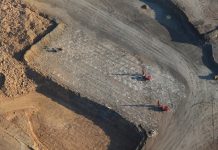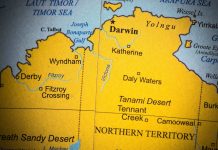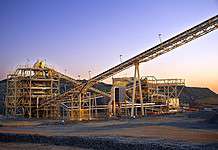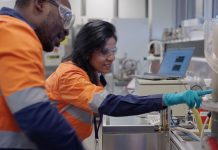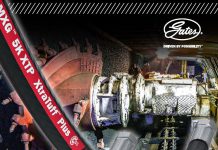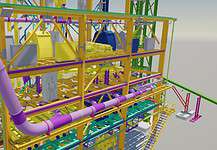 WA’s Curtin University is creating a digital mineralogy hub facility incorporating cutting-edge scanning electron microscope technology that will be used to construct a mineralogical and geodata library for the Australian continent.
WA’s Curtin University is creating a digital mineralogy hub facility incorporating cutting-edge scanning electron microscope technology that will be used to construct a mineralogical and geodata library for the Australian continent.
To be based at Curtin’s John de Laeter Centre (JDLC), the hub will comprise two TESCAN electron microscopes and Schottky field emission gun, installed earlier this year, and a TESCAN integrated minerals analyser (TIMA), to be installed this November.
The TIMA is an automated instrument capable of characterising the mineralogy of up to 15 samples at a time and will enable researchers to more rapidly determine the chemical and physical properties of natural samples.
It will also incorporate TESCAN’s unique compact Rainbow cathodoluminescence (CL) detector, which is ideally suited to the identification of different mineral phases allowing simultaneous CL and backscatter imaging, a capability not available using conventional CL detectors.
John de Laeter Centre director Professor Brent McInnes said the TIMA would play a critical role in managing the micro-analytical workflow of several JDLC facilities and could be made available to the wider research community.
“It will allow a continuous digital record of mineralogical and geochemical properties of samples measured within the JDLC, and both physical and digital datasets can be stored perpetually by the research partners,” Professor McInnes said.
“Under the right circumstances, these could be made available to the wider research community for further investigation and analysis.”
Professor McInnes said the first project to commence with funding from the Commonwealth would be the creation of a digital mineral library of heavy mineral concentrate samples within the Geological Survey of Western Australia.
“Currently, these samples are a stranded asset, stored on a shelf in Perth warehouse and largely inaccessible to the public,” he said.
“We will use the TIMA to produce mineral maps of these samples, publish these digital mineral collections via the AuScope Discovery Portal where researchers can search for and access sample information from their desktop.”

